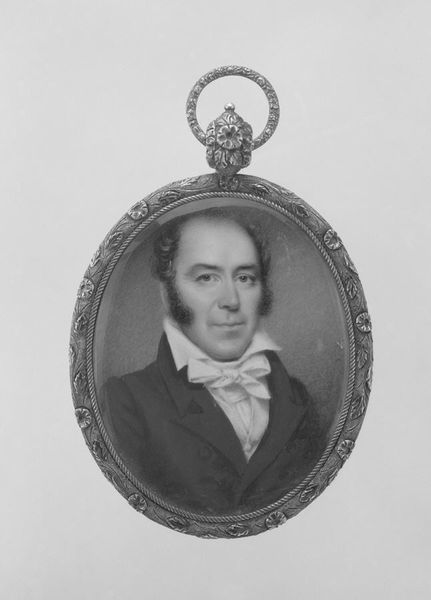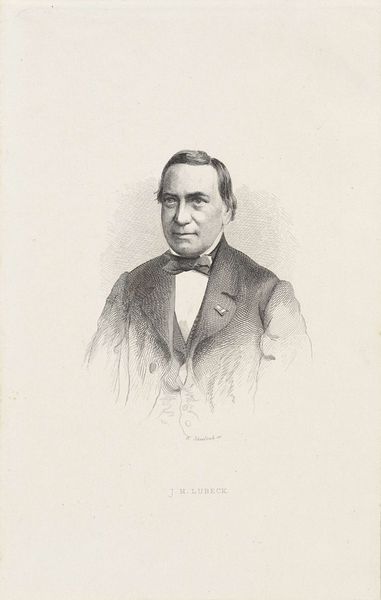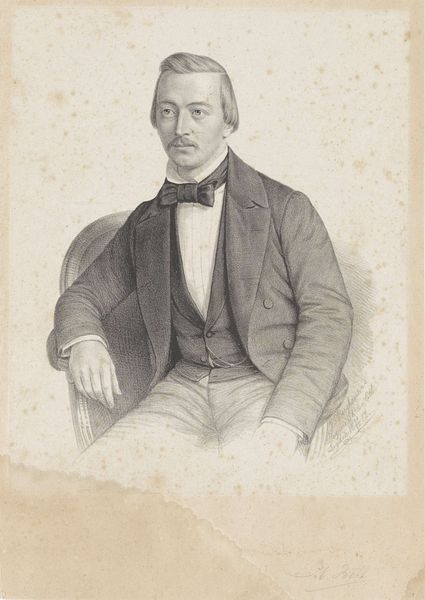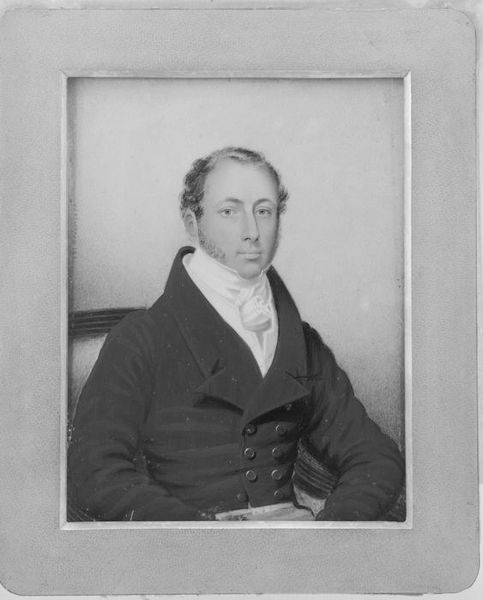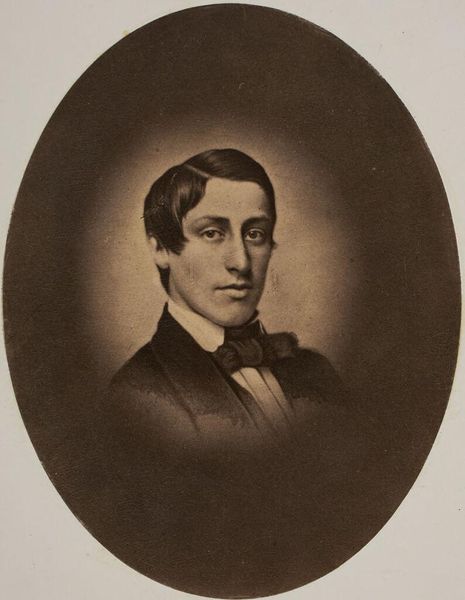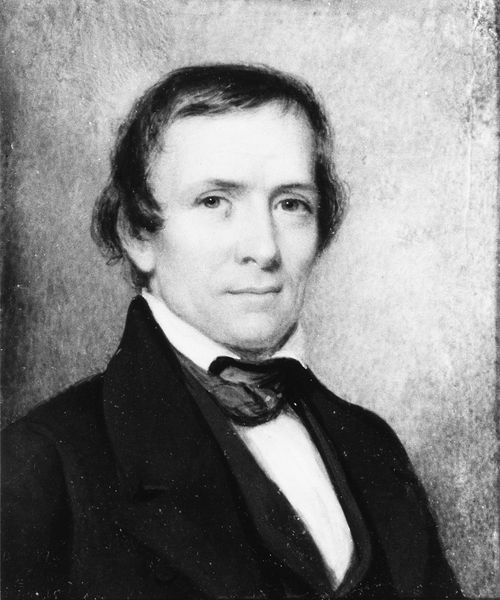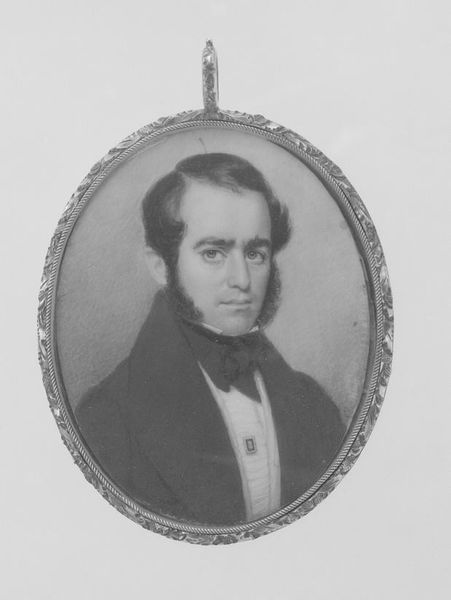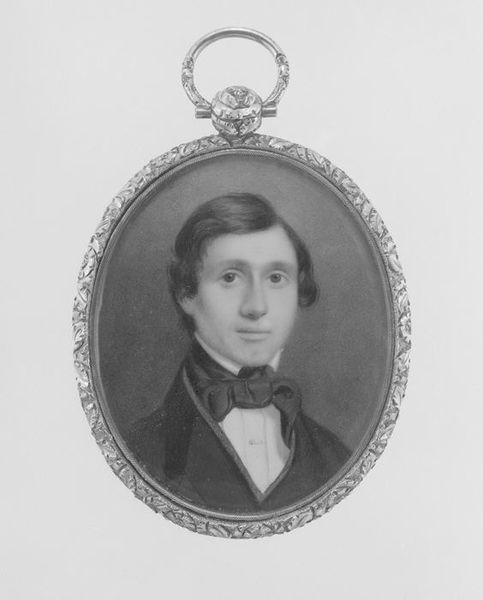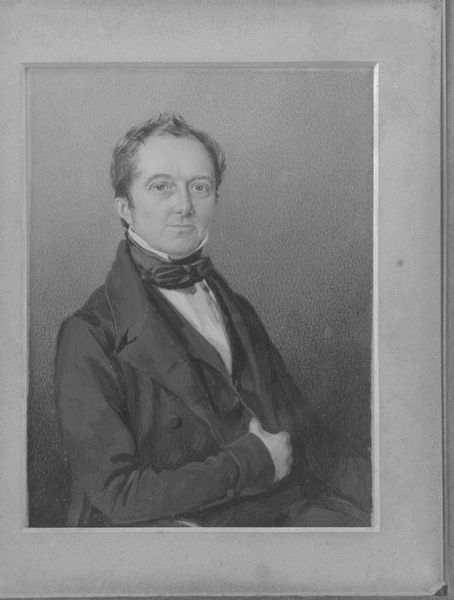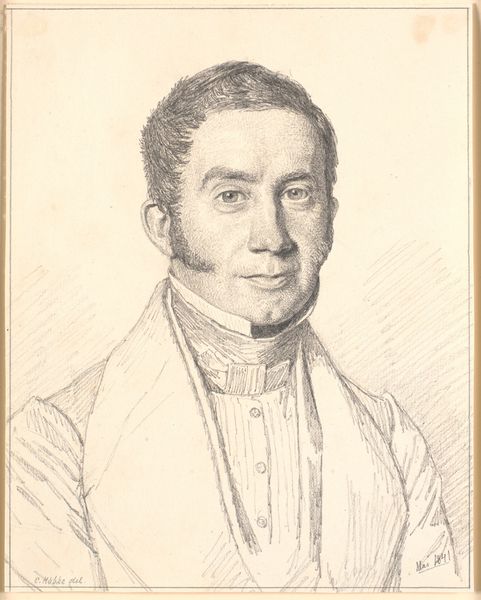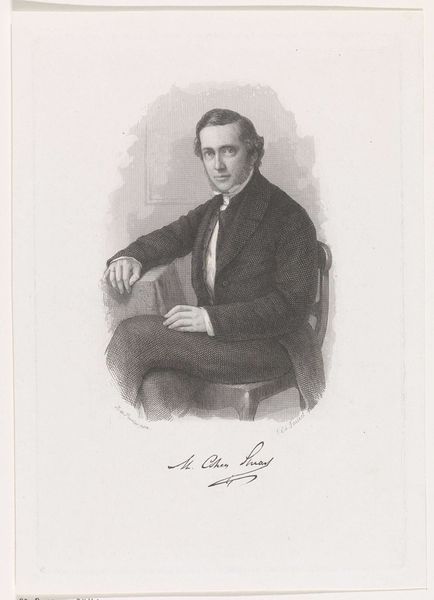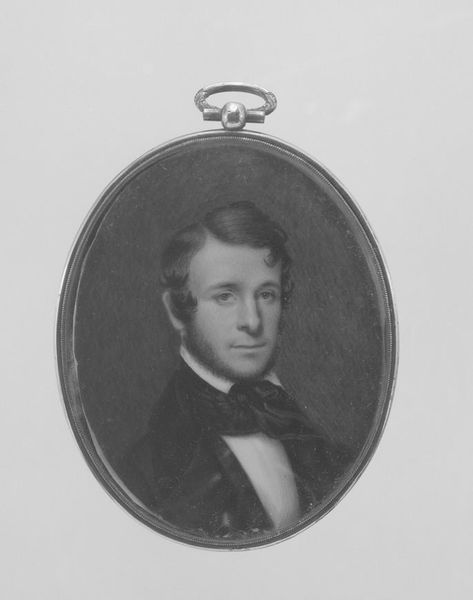
#
portrait
#
portrait
#
academic-art
#
realism
Dimensions: 75 x 60 cm
Copyright: Public domain
Editor: Here we have Lawrence Alma-Tadema's "Portrait of Mr. Soons," painted in 1857. What strikes me is the formality of the sitter and the casualness of the cigar, a sort of controlled image. What story does it tell you? Curator: The cigar is certainly a key to understanding the portrait within its historical context. In 1857, who had access to such luxury items, and what did they symbolize? Alma-Tadema positions Mr. Soons not merely as an individual but as a representative of a certain class and economic standing. It also invites speculation about how the rising middle class wished to be seen and preserved in art. Editor: So the painting becomes a social statement. Were these commissioned works primarily for personal use, or did they also have a public dimension at the time? Curator: Both. Initially, such portraits would grace the private sphere, reinforcing family status. However, displaying them also occurred within a controlled social setting, hinting at aspirations and accomplishments. Think about how portraiture supported—and continues to support—specific societal hierarchies. It reflects and solidifies power structures. How much of what is portrayed here is an aspiration for higher standing rather than a representation of how people are actually living? Editor: That’s a great point! It's interesting to think about portraiture as an active agent in shaping social perceptions. I hadn't considered that aspect so explicitly. Curator: Indeed. Considering how images, especially portraits, circulate within specific contexts truly enriches our understanding. Editor: Absolutely. I'll definitely keep that in mind going forward!
Comments
No comments
Be the first to comment and join the conversation on the ultimate creative platform.

